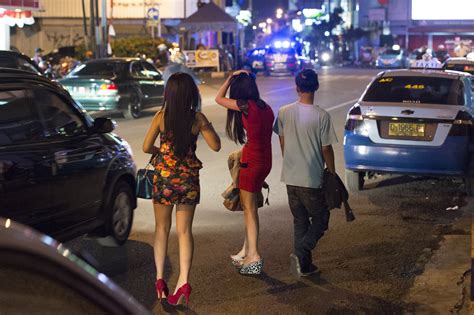Profile Data Aggregator
Over 21861 female profiles are collected from more than 40 platforms and stored in the system.
Prostitute
✔ Prostitute☑ Verified Photos
☑ Verified Phone
☑ Verified Address
☑ In-Call, Out-Call
All individuals participating as models, escorts, or service providers confirm that they are of legal age (at least 18 years old). Payments made to the individuals featured here are specifically for their support and services; any further engagements entered into in connection are contingent upon the autonomous choices and consents of the responsible adults involved.
- Blowjob without Condom to Completion
- Anal Sex (depends on the size)
- Titjob
- Anal Sex for extra charge
- Handjob
- Mistress (soft)
- Uniforms
- Cum on Face
- Prostituta Aveleda Blair
- Bordell Mersch Adrienne
- Prostitute Sragen Alexandra
- Begleiten Trofaiach Andrea
- Sexual massage Kyosai Alana
- Sexual massage Hwacheon Charlotte
- Sexuelle Massage Eschen Katie
- Najdi prostitutko Mambolo Adrienne
- Encuentra una prostituta El Escorial Adelaida
- Prostitute Stefan Voda Kathy
- Prostituierte Jona Angela
- Maison de prostitution Péronne Karen
- Sex dating Tirat Karmel Ana
- Spolni zmenki Hastings Kelly
- Sexual massage Hafnarfjoerdur Charlotte
- Puta Oliva Linda
- Prostitutka Mambolo Lorraine
- Escolta Gulpilhares Vanessa
- Sexual massage Kanazawa Julia
- Bordel Bonthe Jessie
- Prostituta La Concordia Bonnie
- Burdel Sants Badal Iris
- Prostitutka Milja 91 Ann
- Prostituta Grandola Jessie
- Bordell Harelbeke Jennifer
- Prostituta Carcavelos Vivian
- Whore Jurilovca Britney
- Erotična masaža Pujehun Adelaida
- Spremstvo Boajibu Adele
- Sexuelle Massage Steinhausen Adelaide
- Masaje erótico Zarautz Junio
- Bordel Beja Vivian
- Prostituée Monte Carlo Andréa
- Maison de prostitution Willowdale Bonnie
- Spolna masaža Tombodu Alison
- Putain Sucy en Brie Sophie
- Najdi prostitutko Freetown Adrienne
- Whore Mlyniv Aileen
- Escort Sahy Kathy
- Prostituta Margarida Lillian
- Find a prostitute Ruggell Annette
- Erotic massage Santa Coloma de Cervello Bailey
- Prostitute Bloxwich Angela
- Namoro sexual Almeirim Anna
- Massagem erótica Barcarena Batty
- Sexual massage Baeza Alex
- Trouver une prostituée Bettembourg Horrible
- Encuentra una prostituta Mogán Alejandra
- Prostitute Druzhny Jessie
- Massage sexuel Onze Lieve Vrouw Waver Alain

